by Brian Maffitt
I have many professional photographer friends. Most of them work very hard and have studied their craft for a long time, and nothing gets their collective noses out of joint like a “civilian”, presented with a lovely photograph, asking innocently “what camera did you use?” A clever, indignant retort usually follows, along the lines of “the camera didn’t take the picture, I did” or “do you ask a chef what pots and pans he used to make your dinner”?
So I may be violating some sort of secret, unspoken photographer pact when I admit—gasp—I take better pictures with better equipment. In fact, as a fine-art photographer who has enjoyed some international success, I freely admit that there are a few milestone pieces of equipment that have helped to make me a better artist. Of course, no hunk of plastic, steel and silicon will make you creative… but creativity will only take you so far if your camera is incapable of capturing the images you envision.
I’m not talking about framing, or lighting, or photography basics… but as an example, I have experimented with night photography since the 1970s, shooting star trail photos and multiple exposures on Kodachrome. But when I switched to digital, I had to suspend this passion… until Canon introduced the EOS 7D in 2009, I couldn’t find an affordable digital camera that was sensitive enough to take acceptable photos of a night sky. Acquiring the 7D made a huge difference for me, both artistically and professionally.
Which brings us to Canon’s latest low-light master, the EOS 5D Mark III. This wonder has been rightly praised for its astonishing low-light performance, and since its release we have all seen beautiful photos of the Milky Way, fireflies, and myriad light-painting effects. And no wonder; Canon’s sensor is capable of truly astonishing ISO values without introducing unacceptable noise.
The Importance of ISO
The amount of light that a camera can capture is of course controlled by three factors: The iris (also referred to as aperture) regulates the amount of light that passes through the lens–and also directly affects the depth of field of an image. The shutter speed determines the amount of time that the light from a scene has to strike the sensor. And the ISO controls the overall sensitivity of the sensor.
In the days of film cameras the ISO was built into the chemistry of the film itself, and commonly ranged from 64 for high-quality Kodachrome slide film up to 800 or higher for some consumer 35mm and instamatic film. While higher ISOs were popular for vacation photos, since more photos could be taken without having to use expensive flash cubes, the trade-off of the higher sensitivity was grain… the higher the ISO, the noisier the image, which is why so many family photos from the 70s and 80s are grainy and indistinct.
With the advent of digital cameras, ISO values—unshackled from the limits of chemistry–have crept higher and higher, and allowed for greater artistic flexibility as cameras have gotten more and more sensitive. And while the 5D Mark III is an overall excellent camera (“Camera of the Year”, according to many sources), for me the killer feature of this camera is its astounding ISO sensitivity.
Macro Photography is Low-Light Photography
When I started shooting with the 5D Mark III I was curious about how the increased light sensitivity would affect an area of recent enthusiasm: Macro Photography. Macro photography is usually conducted in relatively low light, especially if you prefer to shoot hand-held, in natural conditions. Even on a sunny day, when you focus on a miniscule subject like a spider or a flower petal, there are far fewer photons passing through your camera’s glass than if you are framing a wider view. Limited light can be compensated for by a slower shutter speed, but this is impractical if you are shooting hand-held. As a result, macro photography usually requires a wider aperture, which contributes to extremely shallow depth of field, and as you get closer and closer to a subject, this phenomenon is exaggerated.
For example, I’ve been shooting close-ups of insects using a Canon MP-E 65mm f2.8 1x-5x Macro zoom lens, a remarkable piece of glass that can blow up tiny details to five times their original size. While this level of magnification is amazing, the wide aperture can result in such shallow DOF that you can’t even capture a tiny insect’s whole face in focus. And because the lens is entirely manual focus (there’s no focus ring, you have to move towards and away from a subject to get a clear shot), most people would resort to a tripod and an external monitor to frame and compose the shot… but all of this extra gear can make the act of capturing a moving subject like a crawling insect difficult or even impossible. Many serious Macro photographers invest in sophisticated ring lights to pour extra photons onto a scene. This provides a lot more focal flexibility to be sure, but the end results can look artificial (because, well, they are). A bright ring light can also disturb a natural subject like an insect… and if you frighten off your subject, you’ve lost the shot.
Enter the 5D Mk III. As has been widely reported, the camera sports excellent image quality, wonderful color accuracy, and admirable noise suppression. The layout of controls is logical, an important feature when you don’t want to remove your eye from the viewfinder. And when you need to check your shots the large, sharp LCD provides a decent, accurate preview. But the one feature that, in my view, sets the Mark III apart from its competitors in this crowded field, it would be the marvelous ISO sensitivity of this sensor.
Because I can set the ISO to an astonishingly-high I2,800 without unacceptable noise, I‘m free to crank the aperture down to 22 or more (widening the depth of field)–yet keep my frame rate high enough to shoot hand-held and get lovely, sharp images using only natural light. In a pinch, I can crank the ISO all the way up to a mind-boggling 102,400(!) and try to remove the resulting grain in post, but so far this has proved unnecessary… even in twilight, at ISO 10,000 or so I can shoot at f22 with a fast shutter speed and get great images with lots of detail and sharp focus.
Conclusion: The Canon 5D Mark III is the finest macro camera I have ever laid hands on, by a wide margin. At US $3,349 it is not a casual purchase by any means, but if you are serious about shooting in low light, this is the best option for the money.


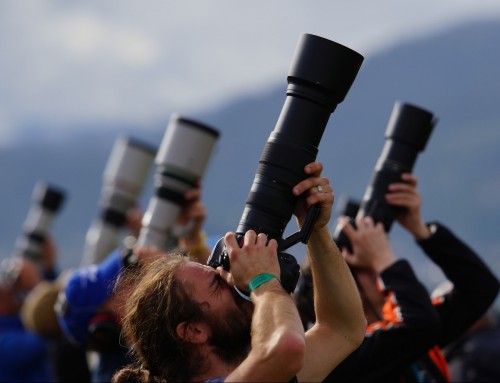
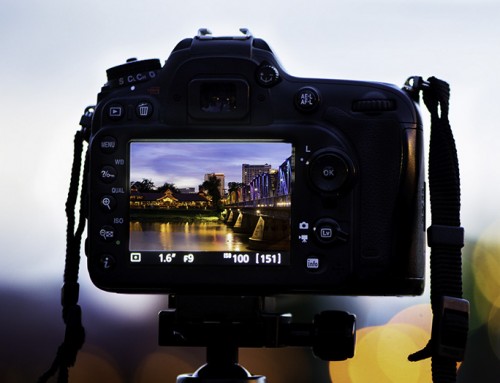
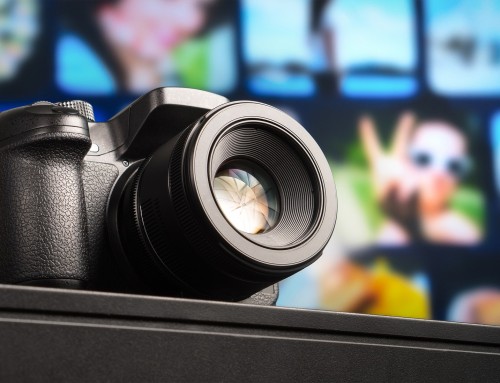



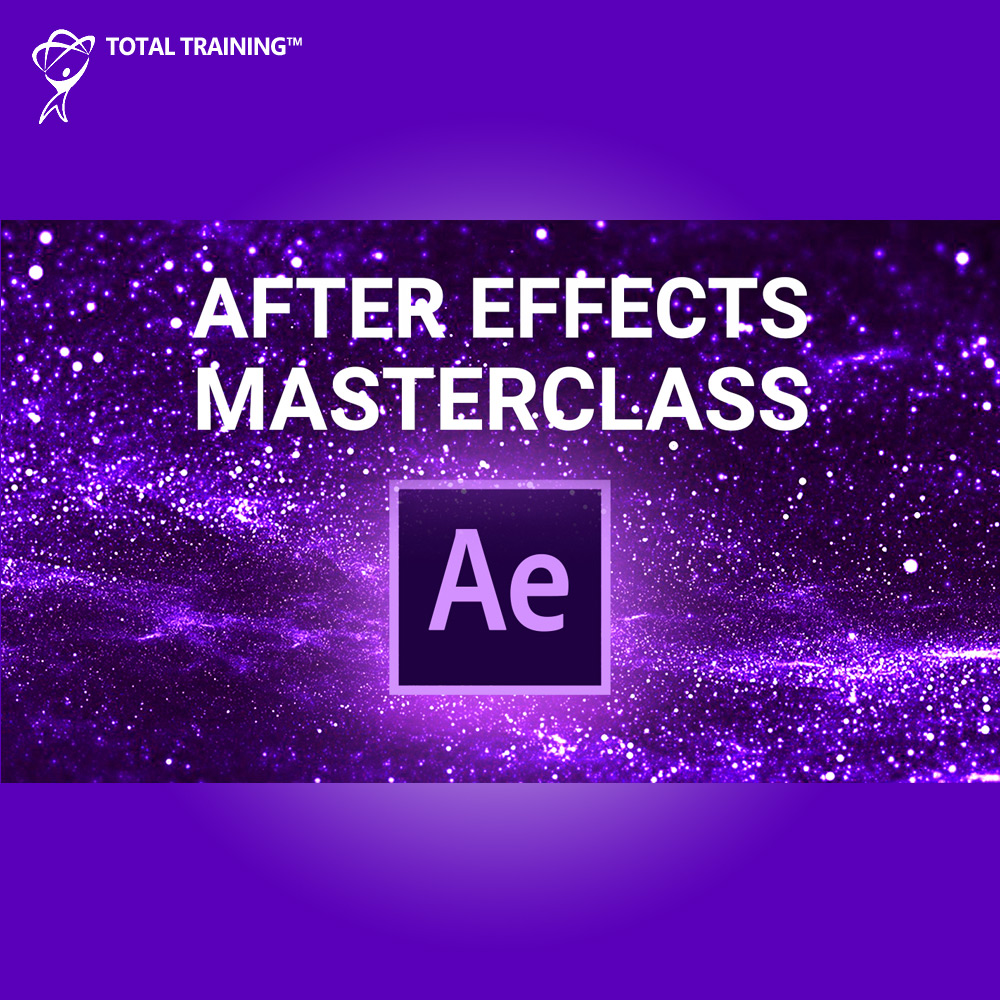


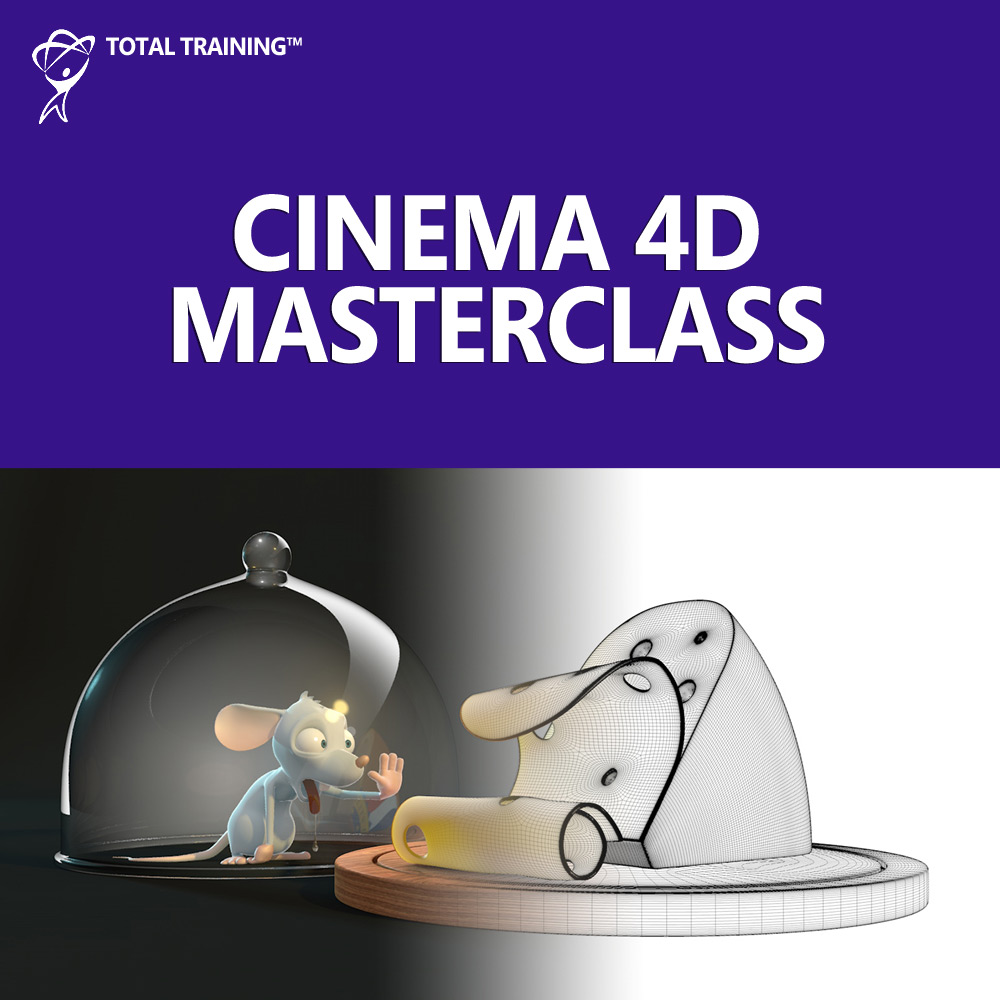











Leave A Comment